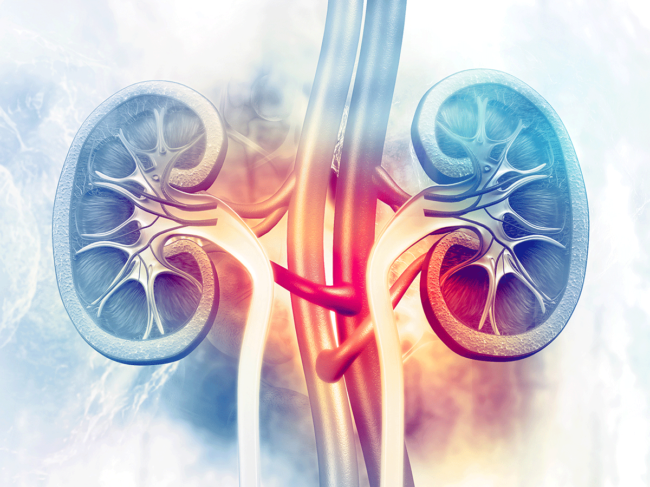
Neurology/psychiatric, BioWorld Science
Neurology/Psychiatric
eIF2B activator ABBV-CLS-7262 shows promise in vanishing white matter disease
Read MoreNeurology/Psychiatric
Neurocrine Biosciences divulges new VMAT2 inhibitors for hyperkinesia and psychosis
Read MoreNeurology/Psychiatric




